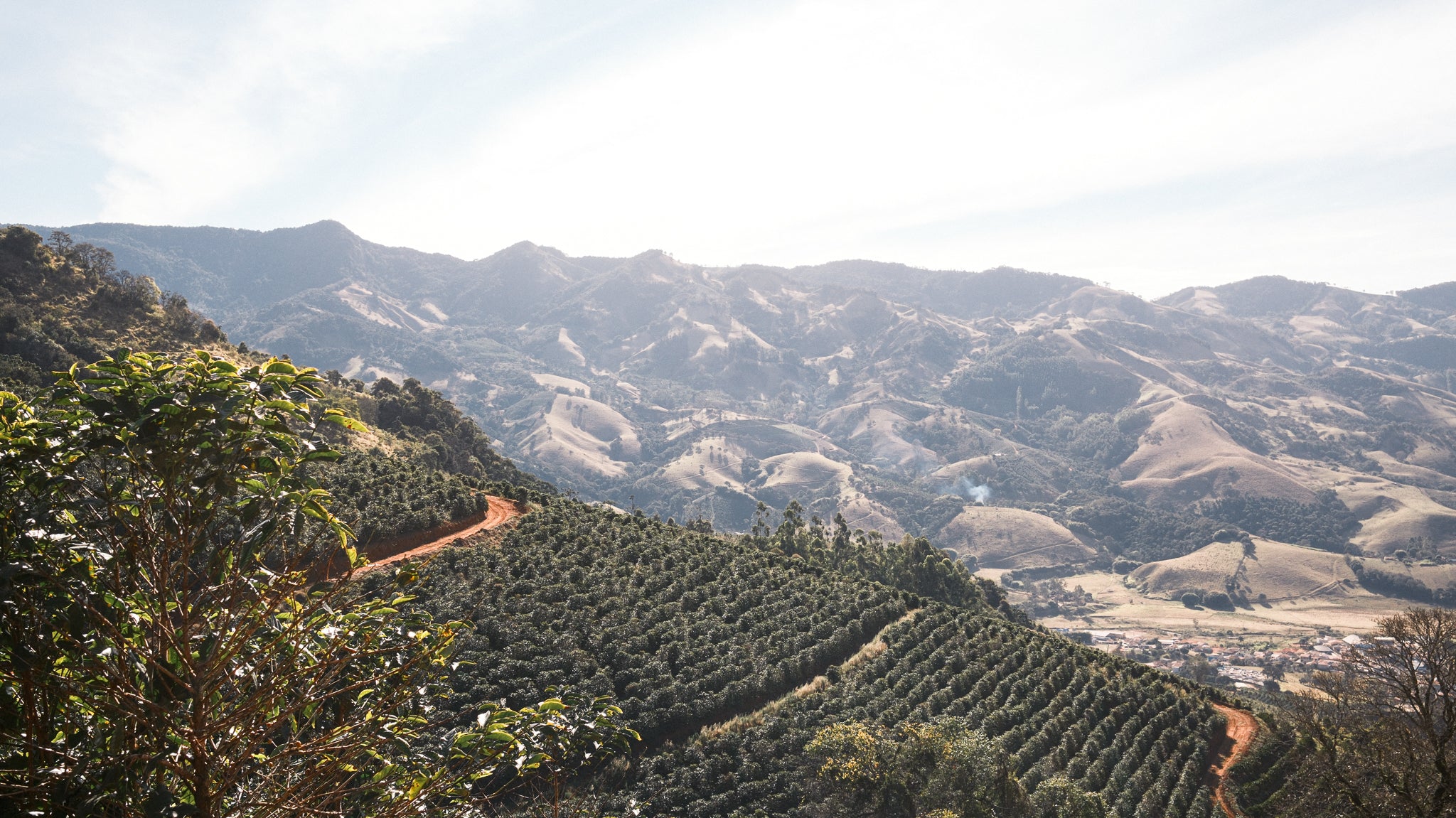REGION: Popayan, Cauca, Colombia
PROCESS: Sugarcane
VARIETAL: Colombia, Castillo & Caturra
ALTITUDE: 1500 - 2070 MASL
NOTES: Butterscotch & cereal milk
Decaf without compromising on taste, this delicious regional blend from Popayan, Colombia is rich and sweet. With milk, we’re tasting creamy butterscotch and nostalgic cereal milk. Straight up as a spro there’s lots of milk chocolate, and a delicious tangy berry compote vibe. We’re very proud to take our decaf offering seriously, and honestly- this is one of our favourite coffees in our whole line up. The coffee is decaffed using the sugarcane process; ethyl acetate, a naturally occurring chemical derived from sugarcane, is used to remove the caffeine.
From our Importer Partners, Cofinet
Popayán is located in the department of Cauca at 1,700 m.a.s.l. This region’s topography is perfect to grow exceptional coffee! The so-called Meseta de Popayan is sheltered by the Andes mountain range which helps generate homogeneous climatic and altitudinal characteristics. The result is a balanced cup profile with floral and caramel notes. We collaborate with approximately 65 growers who contribute to this program and with whom we build long-term relationships. This program encourages farmers to focus on quality and based on quality assessment we provide up to 20% premiums above the market price.
This decaffeination process is unique. The caffeine is extracted using sugar cane and water which enhances sweetness while maintaining coffee attributes. The green beans are put into a steam chamber where the silver skin is removed from the bean. After this, the beans are submerged in spring water and as soon as the coffee is saturated with water it is sent to the extractors where the beans have direct contact with sugar cane ethyl acetate for 8 hours which dissolves the caffeine content. Then the decaffeinated coffee is dried in a chamber to reach the same moisture content that it had prior to the process.
To get the best from your coffee please take a look at our brew guides HERE
ALL PACKAGING IS CARBON NEUTRAL AND WIDELY RECYCLABLE


